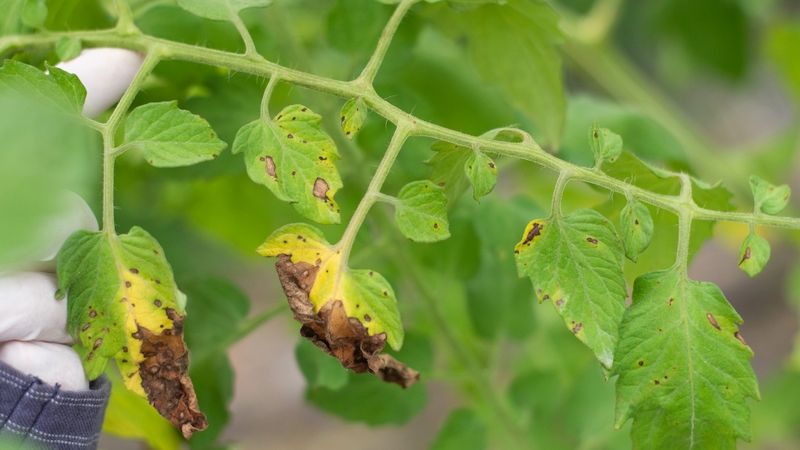Computer Model May Help Growers Avoid Drought
A University of Florida-created computer model may help growers plant at optimal times and avoid crop-destroying drought, which can cost millions of dollars in a given year, according to one of the tool’s creators.
If growers know when their crops need the most water, they can plant accordingly, said Keith Ingram, an associate scientist in UF’s agricultural and biological engineering department.
Although forecasts indicate a drought’s likelihood, they aren’t perfect, Ingram said. But they can help a farmer decide whether to plant a crop earlier or later than usual so drought is less likely to occur when the crop is most sensitive to the dry weather, Ingram said.
ARID, the Agricultural Reference Index for Drought, could help growers avert catastrophic losses such as those growers suffered in the nationwide 2012 heat wave and drought. The National Climatic Data Center estimated that year’s U.S. crop damage at $30 billion.
In a recent study, scientists used ARID to predict crop yields by quantifying water loss for cotton, soybeans, corn, and peanuts on eight farms in Florida and Georgia. They looked at a combined 134 years of daily weather data from the farms and found ARID can reasonably predict the crops’ drought levels.
“This data helps producers and buyers plan their decisions, and it helps identify hot spots where food aid might be needed,” said Jim Jones, an adviser on the study led by former UF doctoral student PremWoli.
ARID could have wide uses, Woli said.
“ARID has the potential to predict various responses by a crop that are water stress-related such as grain yield, total biomass produced, pest and disease infestation and more for any field crop that is sensitive to drought stress,” said Woli, one of the tool’s inventors.
ARID takes data, including daily rainfall, temperature, sunlight, wind speed, and humidity, and compares potential versus actual amounts of water that evaporates from plants into the atmosphere. When roots cannot bring enough water up from the soil to replace evaporated water, plants experience stress, said Ingram.










